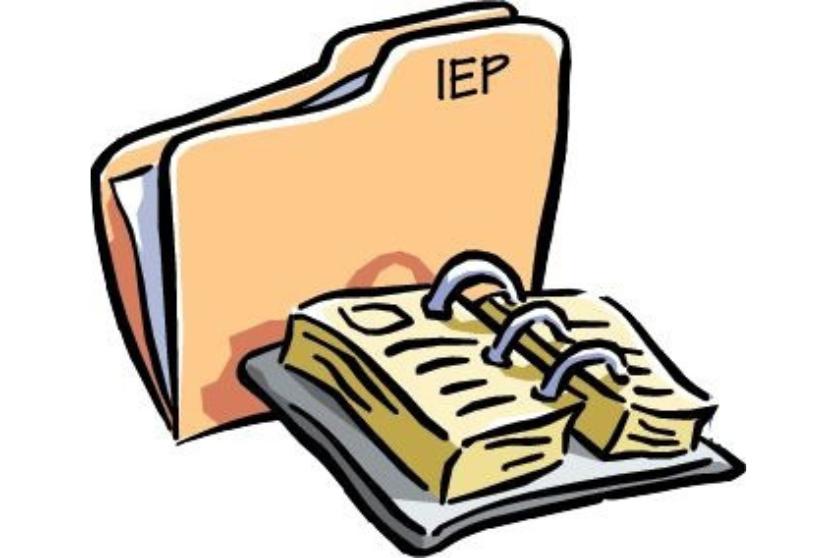If you’re a parent or a teacher, you’ve probably heard the term IEP floating around. But what does it really mean? And more importantly — how can it help a child with learning difficulties, like dyslexia or ADHD, succeed in school?
📌 So, what exactly is an IEP?
An IEP stands for Individualized Education Program . Think of it as a personalized learning plan . Every child learns differently — some need extra support in reading, writing, or focusing, and that’s where the IEP steps in.
It’s basically a written document that says:
* Here’s what the child is good at.
* Here’s where they’re struggling.
* Here are the goals we’re setting for them.
* And here’s how the school (teachers, specialists, etc.) will help them reach those goals.
Simple, right? It’s not about labeling a child. It’s about giving them the right tools to learn in a way that works for them.
💡 Why is it important?
Because without it, so many kids fall through the cracks. An IEP makes sure that:
* The child has equal access to education.
* Learning goals are realistic and achievable — no more impossible standards.
* Teachers and parents are on the same page about how to support the child.
* The child feels seen and supported, not “different” in a negative way.
For many families, an IEP is the turning point where school finally starts to make sense.
📝 What’s inside an IEP?
Every IEP looks a little different, but usually you’ll see things like:
* A snapshot of the child — strengths, struggles, and personality.
* Current performance — how they’re doing in school right now.
* Goals — clear, measurable targets (like improving reading fluency).
* Support services — maybe extra reading help, assistive technology, or smaller group lessons.
* Progress checks — so everyone knows if the plan is working.
👩👩👦 Who makes the IEP?
It’s a team effort. Usually, it includes:
* Parents (you know your child best!)
* Teachers
* Special educators or reading specialists
* School psychologists or counselors
* And sometimes, the child themselves — especially if they’re old enough to share what works for them.
It’s not one person deciding. It’s everyone working together for the child.
🌱 IEPs in real life
Here’s the thing: an IEP is not just paperwork . It’s not meant to sit in a folder on a shelf. The real magic happens when it’s put into action:
* Teachers tweak their lessons.
* Parents support from home.
* Specialists give focused help.
* And the child finally feels like school was designed with them in mind.
🌍 Final thoughts
An IEP isn’t about fixing a child — because they’re not broken. It’s about understanding how they learn and making sure they get the support they need.
At Ongoing Learning , we believe that every child deserves that chance. Because learning doesn’t stop at challenges — it keeps going, just like life itself. 💙

